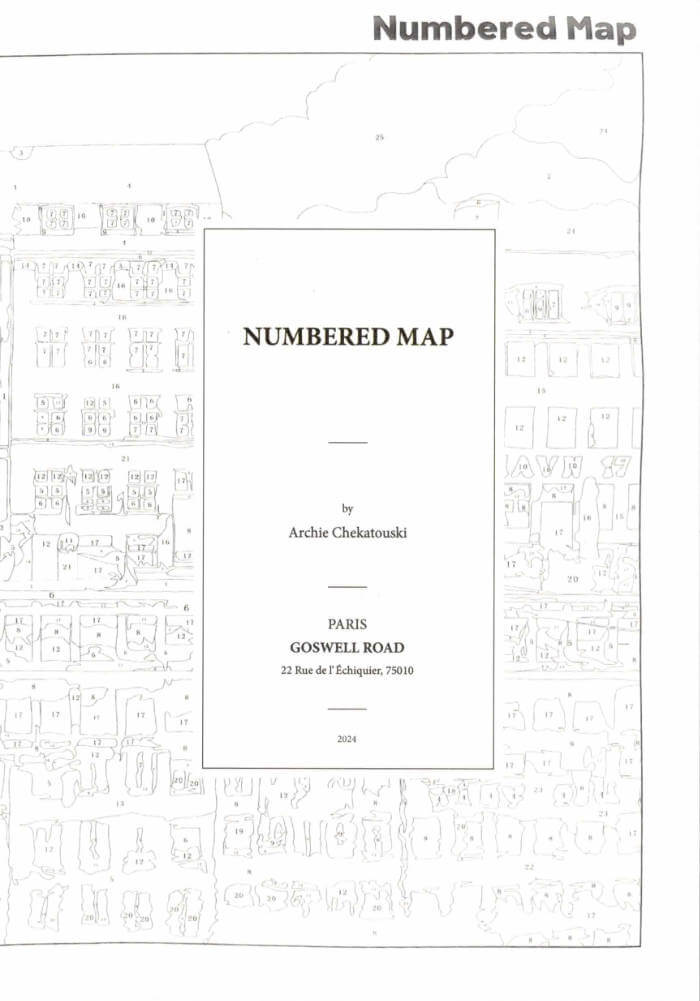
SNUFF IT
In June 1994, the Church of Euthanasia published the first issue of SNUFF IT subtitled 'The Quarterly Journal of The Church of Euthanasia'. On the back cover was a simple claim: "Get six issues of Snuff It for only ten dollars!" though, to this day, the CoE has only produced five issues. What SNUFF IT lacks in punctuality is more than made up for its content. The first four issues were produced between 1994 and 1997, the period when the dada actions of CoE were at their peak. ISSUE #5 had to wait over 20 years to see the light of day, but the CoE capitalised on this, giving us a taste of what it means to them to be Post-Antihuman.
Gathered here for the first time are all five issues of SNUFF IT and some closing words from the Reverend Chris Korda on the evolution of the CoE during its 27 years of existence.
Language: English







